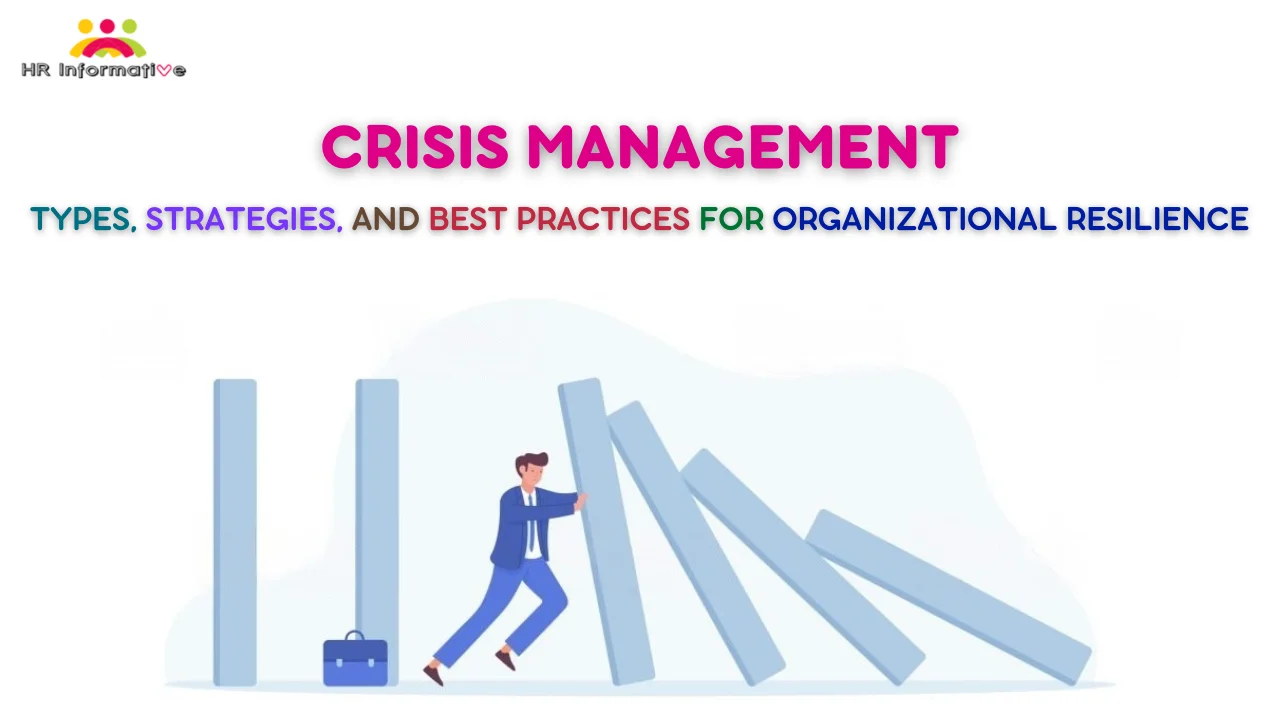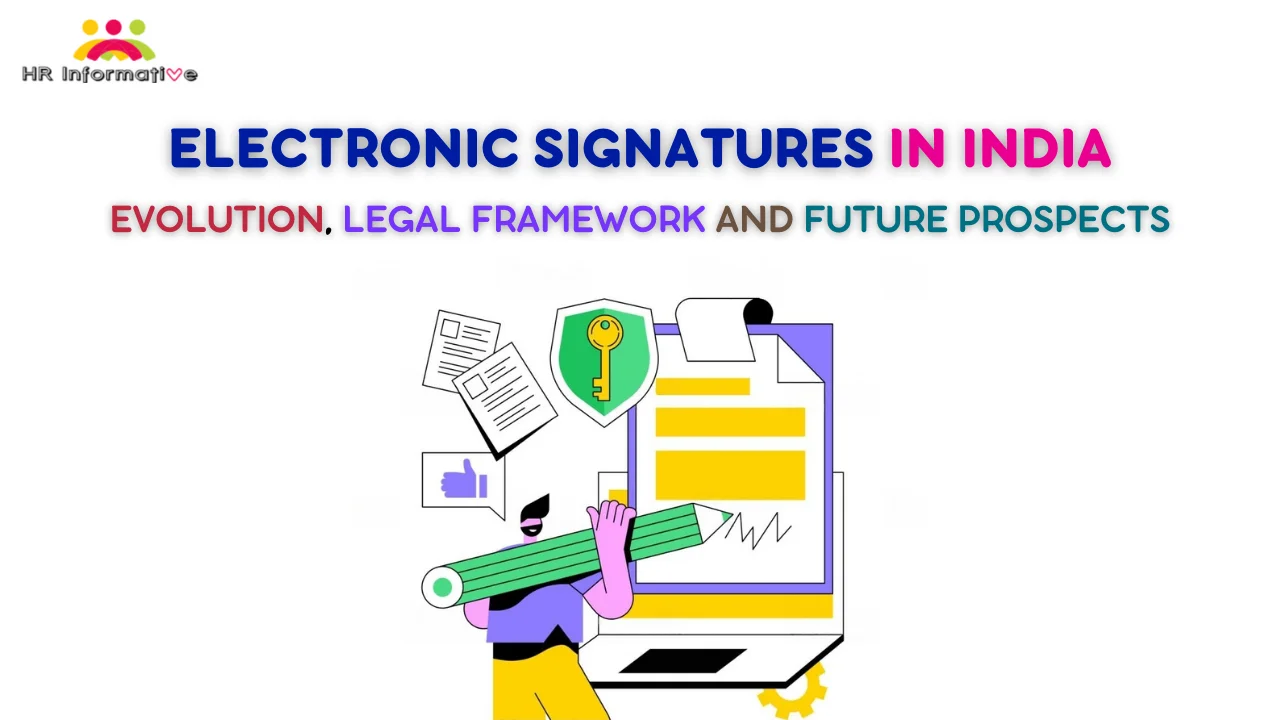Introduction
Crisis management is the method an organization uses to address sudden and unforeseen events that could damage the organization, its stakeholders, or the wider public. The goal of crisis management is to respond quickly and effectively to contain the damage from the crisis, restore normal operations, and learn from the experience.
Effective crisis management requires advanced planning, clear communication, and timely decision-making. Organizations that are prepared to handle crises through established policies and procedures tend to weather turbulent events with less damage to their operations and reputation.
Types of Crises
Organizations can face many different kinds of crises that require immediate response. Some common categories include:
- Natural Disasters
Natural disasters like hurricanes, earthquakes, floods, and wildfires can severely disrupt business operations and pose threats to employee and customer safety. Businesses in areas prone to natural disasters need emergency plans to guide rapid response and ensure the continuity of critical operations.
- Public Health Crises
Disease outbreaks and public health emergencies like COVID-19, foodborne illnesses, or contaminated drugs/products can threaten public safety quickly. Organizations need to be able to respond swiftly to mitigate risks, notify affected groups, and comply with health regulations.
- Cybersecurity Breaches
Malicious hacking, theft of customer data, and other cybersecurity incidents can compromise sensitive information and erode consumer trust. Organizations must have clear procedures for securing data, informing customers of breaches, and preventing future attacks.
- Financial Crises
Major financial problems like bankruptcy, fraud, stock declines, and credit losses can threaten the viability of businesses. Leadership must make difficult decisions to recover financial stability and maintain stakeholder confidence.
- Public Relations Crises
Situations like celebrity scandals, controversial statements, and workplace accidents can instantly ignite media coverage and public outrage. Thoughtful crisis management is essential to demonstrate accountability, implement reforms, and repair damaged reputations.
- Industrial Accidents
Incidents like explosions, chemical spills, infrastructure failure, and transportation crashes can cause severe harm to employees, residents, and the environment. Companies need to coordinate with emergency services and regulators to contain damage and prevent similar events.
Phases of Crisis Management
Effective crisis management involves steps before, during, and after a critical incident to ensure the organization is prepared to handle the event and emerges with minimal reputational or operational impact. The major phases include:
- Pre-Crisis Preparation
Proactive planning and risk assessment, before any crisis occurs, is vital. Key preparation steps include:
- Conducting vulnerability assessments to identify potential crises.
- Developing crisis management plans and procedures.
- Selecting and training a crisis management team.
- Monitoring emerging risks and threats.
- Establishing monitoring and warning systems.
- Preparing emergency communications templates and protocols.
- Crisis Response
Once a crisis strikes, the organization must respond promptly and appropriately. Key response activities include:
- Activating the crisis management team.
- Investigating the situation and assessing the damage.
- Initiating emergency plans and procedures.
- Communicating with stakeholders, the media, and the public.
- Coordinating resources and personnel to contain the crisis.
- Making timely decisions to minimize harm.
- Demonstrating effective leadership and compassion.
- Post-Crisis Recovery
After containing the worst impacts of the crisis, the organization shifts focus to rebuilding and learning. Important post-crisis steps include:
- Returning to normal operations and restoring facilities/systems.
- Providing aftercare and support services to affected stakeholders.
- Analyzing the effectiveness of the crisis response.
- Identifying root causes and remediating vulnerabilities.
- Updating crisis management procedures based on lessons learned.
- Rebuilding stakeholder relationships and the organizational reputation.
- Monitoring social media and public conversation about the crisis.
Crisis Management Team
A cross-functional crisis management team is essential for overseeing an organization’s response to a crisis. Key roles include:
- Crisis Management Leader
The crisis management leader directs the team’s overall strategy and operations. They serve as the key decision-maker and lead communicators during the crisis. The CEO or a C-suite executive typically fills this role.
- Communications Coordinator
This person develops and releases internal and external communications related to the crisis, such as statements to employees, media, and other stakeholders.
- Operations Coordinator
The operations coordinator executes tactical plans to contain damage, restore facilities and systems, and enable normal operations after a crisis. They work closely with site managers.
- Logistics Coordinator
The logistics coordinator manages the procurement and delivery of any additional resources, equipment, and supplies needed to respond to the crisis. They arrange transportation, housing, and other support.
- Public Information Officer
This team member serves as the key media spokesperson during a crisis, providing journalists with frequent updates and responding to inquiries.
- Finance Officer
The finance officer monitors and manages any costs, expenses, losses, and claims associated with the crisis, response, and recovery activities.
- IT/Technical Specialist
For crises with a cybersecurity, data privacy, or technical component, the IT specialist provides targeted advice and operational support.
- Legal Counsel
Legal counsel helps advise on compliance, regulatory reporting, liability issues, lawsuits, and other legal considerations that may arise during the crisis.
- Human Resources Manager
For crises with employee relations issues, the HR manager assists with communications, leave policies, counseling services, and other workforce-related needs.
Crisis Communications
Communication is one of the most vital aspects of effective crisis management. Best practices for crisis communications include:
- Being Proactive – Get ahead of the situation by disseminating accurate information quickly through multiple channels. Offer updates frequently.
- Showing Empathy – Express concern and compassion for anyone affected by the crisis. Avoid appearing indifferent.
- Accepting Responsibility – Admit fault when appropriate and identify specific steps being taken to address causes and prevent recurrence.
- Focusing on Action – Emphasize what the organization is concretely doing to contain the crisis and help impacted stakeholders, rather than making excuses.
- Adjusting Tone – Strike a balance between confident, compassionate, and urgent messaging appropriate for the evolving crisis situation.
- Speaking with One Voice – Ensure consistency across all internal and external communications and spokespersons.
- Listening to Stakeholders – Monitor social media and news coverage to understand public reactions and concerns. Incorporate feedback into the response strategy.
- Demonstrating Resolve – Show stakeholders how the organization will emerge from the crisis and discuss opportunities to rebuild and improve.
Learning from Crises
One of the most important responsibilities after containing a crisis is conducting a thorough debrief and analysis of the response. Learning derived from each crisis strengthens resilience. Important learning activities include:
- Convening the Crisis Team – Gather all involved personnel for an open, honest dialogue about what worked and what did not. Identify process improvements.
- Documenting Timelines – Create detailed timelines of all communications, actions, and decisions during the crisis to understand sequencing and impacts.
- Capturing Stakeholder Feedback – Solicit input from employees, customers, media, regulators, and partners on the effectiveness of the response. Incorporate feedback.
- Assessing Vulnerabilities – Analyze the initial damage and impacts from the crisis event to highlight weaknesses in facilities, systems, and procedures.
- Revising Plans – Update crisis management, business continuity, and communications plans based on lessons learned and post-crisis recommendations.
- Providing Training – Refresh training across the organization on updated crisis response protocols so personnel are prepared before the next event.
- Conducting Drills – Schedule regular crisis simulation drills to test whether improvements were successful and surface any new gaps.
Conclusion
Crisis management requires broad preparation and coordination across an organization to be ready for unpredictable events. Companies that invest in detailed crisis planning, training, and communications are much better positioned to protect their operations and reputation even in difficult circumstances. When a crisis hits, it is critical to respond calmly, quickly, and transparently and then continue improving by learning from each experience. Effective crisis management is a central component of organizational resilience.
Frequently Asked Questions (FAQs) about Crisis Management
Q: What is crisis management?
Ans: Crisis management refers to the steps an organization takes to prepare for and respond to a sudden unexpected event that threatens operations, safety, finances, or reputation.
Q: What are some common mistakes in crisis management?
Ans: i. Not having a crisis plan in place before an event occurs.
ii. Failing to communicate quickly and transparently.
iii. Underestimating the severity of the situation.
iv. Not expressing empathy and concern for those affected.
v. Blaming others or denying responsibility.
vi. Contradictory messages from leaders and spokespeople.
Q: How important is social media for crisis communications?
Ans: Social media is very important for communicating rapidly during a crisis. Organizations should monitor platforms for emerging issues, release statements on social channels, participate in relevant discussions, and incorporate feedback from stakeholders.
Q: How should companies prepare employees to handle a crisis?
Ans: Employee preparation should include training on crisis protocols, simulated scenarios to practice response, and clear guidelines for speaking externally during a crisis. Ensure employees know how to safely evacuate facilities.
Q: What are examples of effective crisis response?
Ans: i. Tata’s response to the collapse of a hotel in its group in 2008. Tata Group chairman Ratan Tata immediately took responsibility, provided compensation to victims, and carried out safety audits on all properties. This helped rebuild trust in the Tata brand.
ii. IndiGo Airlines’ response to engine failure incidents in 2018. IndiGo grounded planes, fixed issues transparently, accommodated affected passengers, and communicated promptly. This minimized brand damage.
Q: How can organizations identify potential crises before they occur?
Ans: Conduct risk assessments, monitor internal operations for red flags, learn from others’ crises, model worst-case scenarios, audit safety procedures, track emerging risks in the external environment, and assess operational vulnerabilities.
Q: How should the media be handled during a crisis?
Ans: Designate media spokespeople, give reporters ample access, share facts quickly and accurately, avoid speculation, express concern for affected people, explain action plans, and provide frequent updates. Monitor media closely.
Q: What resources help with crisis management?
Ans: Resources like emergency hotlines, backup facilities, generators, cybersecurity tools, insurance policies, financial reserves, redundancies, supply chain networks, and mutual aid agreements with other entities.
Q: When should a crisis management team be activated?
Ans: At the first sign a crisis is imminent, to allow advanced preparation. Err on the side of over-response if the threat is uncertain. Each passing hour makes crises more difficult to manage.
You May Read Also :
- Contract Labour in India: An In-Depth Analysis
- Electronic Signatures in India: Evolution, Legal Framework, and Future Prospects
- Public Relations (PR): Navigating the Landscape of Perception and Trust
- Understanding the Gig Economy: A Comprehensive Exploration of a Modern Workforce Trend
- Freelancing Jobs: Unlocking the World of Independent Work



